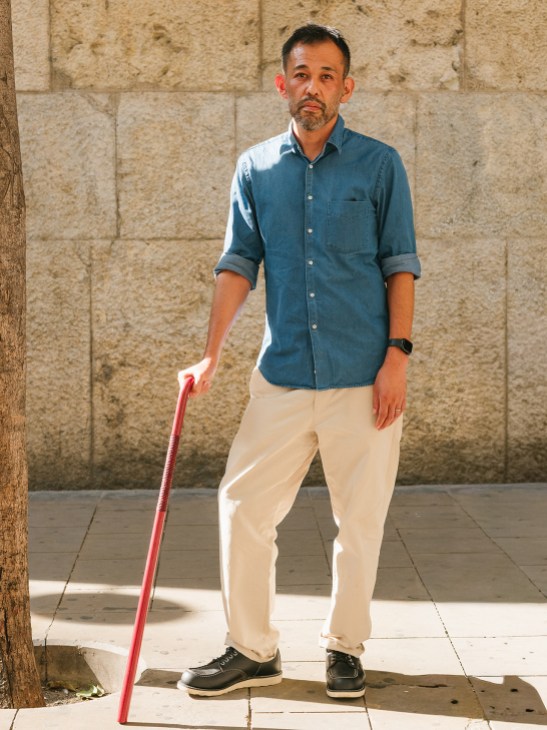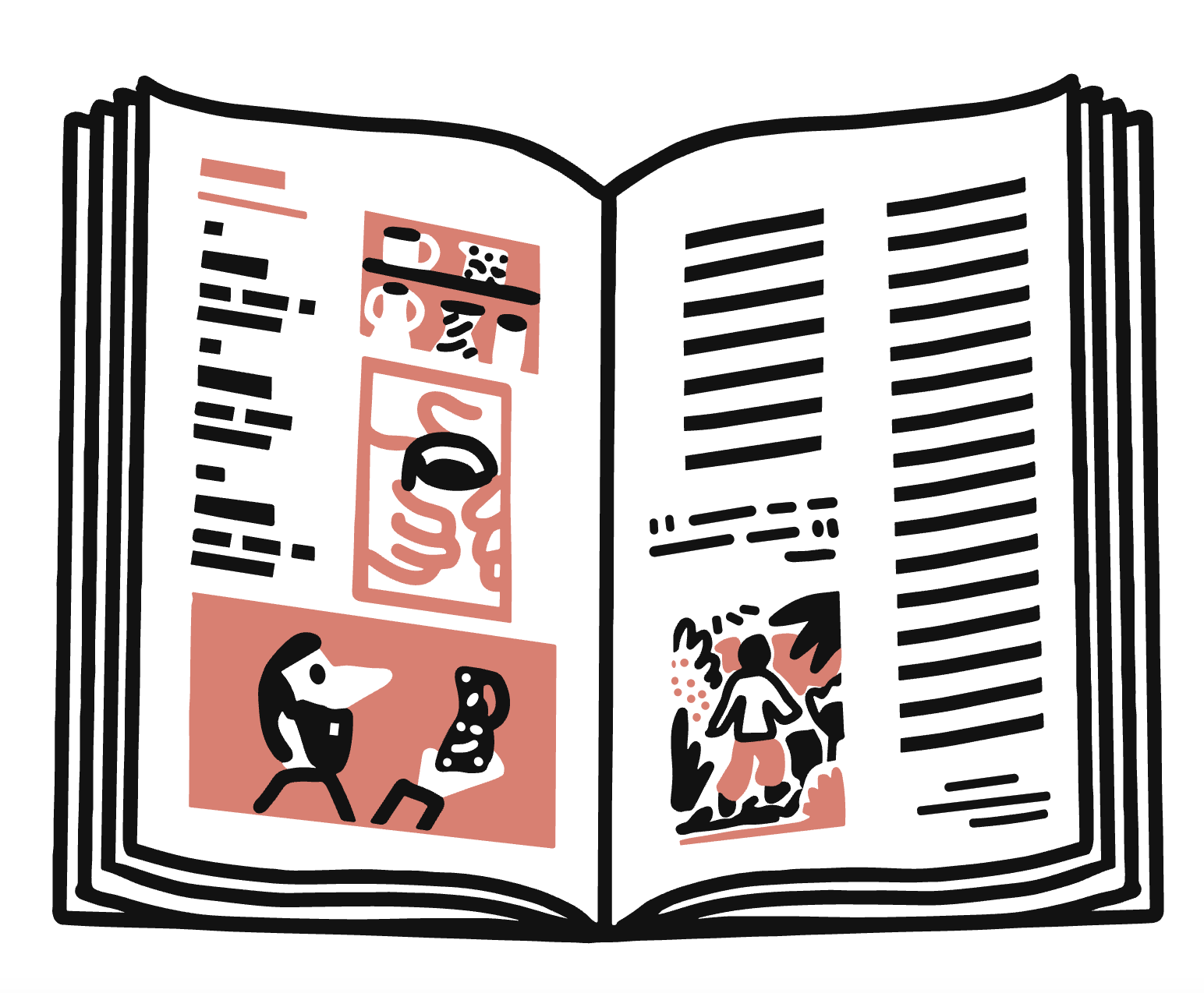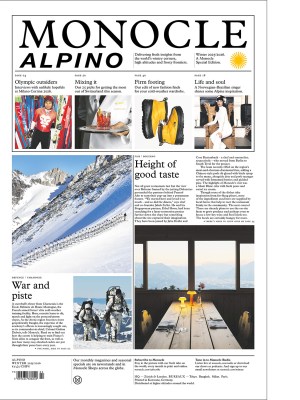Why Keiji Takeuchi believes a walking stick can change how we see ageing
Milan-based designer Keiji Takeuchi explores how reimagining the humble walking stick can restore grace, independence and dignity through thoughtful design.
Milan-based Japanese designer Keiji Takeuchi has turned his attention to one of humanity’s oldest tools, the walking stick, which is now the subject of a globe-touring exhibition. Speaking at Monocle’s Quality of Life conference this year, he sauntered across the Monocle stage to chat with Andrew Tuck about the elegance of this seemingly modest tool and its links to quality of life and human dignity.

Andrew Tuck: I’ve been looking forward to chatting to you since I saw your humble exhibition at the Triennale during Milan Design Week. Where did the idea come from? What made you think, “I’ll do an exhibition about walking sticks”?
Keiji Takeuchi: The idea came from my travels and from living in Japan and New Zealand, among other things. Being out in the world, I began to observe the different designs of walking sticks. Where I once lived in Japan, I used to see canes that were more functional and practical, whereas in Europe, they were more personal and emotional. I started gathering a collection of walking sticks. It became an important task for me, because while design seems to be tending towards the commercial, I felt more strongly than ever that its true purpose was to bring happiness through the objects that we use every day.
AT: Well, as a man who might need one in the coming years, it certainly piqued my interest. The collection is large, with walking sticks made by well-known designers who you’ve commissioned, as well as found examples. Tell me about the ones you featured.
KT: At the Triennale exhibit, there were 18 sticks from 18 designers. I’m quite closely connected to all of them – I knew what they were good at and how they approached design. There was Hugo Passos, who created a utility-inclined stick with a basket. Henri Frachon is a French designer and artist who is obsessed with holes and their incorporation into design, as evidenced by the stick that he developed. Alban Le Henry turned in a telescopic design that can be adjusted for use by multiple people and aid better posture. One has a grip that helps you to get up from a sitting position on the floor, while another has a lip on the handle from which you can hang a shopping bag. And there are many more.
AT: Do you think that designing walking sticks in such ways could help to give some dignity back to their users?
KT: Absolutely. The walking stick has quite an impressive lineage. Once upon a time, it was a sign of authority or a tool for walking long distances across forests and harsh landscapes. At certain points, it became a weapon. But it has slowly been stigmatised and has become a symbol of disability in some ways. If I gave somebody a walking stick as a present, they wouldn’t like it, as it would make them question themselves: they might think about whether they need one or worry that it draws attention to an inability. It could even obliquely highlight mortality. But why should gifting a tool to somebody mean all that? This was the question of the exhibition.
AT: So many objects in our world today are disposable. Do you think that you have a role to play in the transformation of how we treat things?
KT: I sometimes have the opportunity to speak to students. When I do, the idea of patina often comes up. Let’s say that there are two tables; they’re both clean and well designed but one of them gets damaged. Many will want to throw the “bad” one away, as it’s no longer perfect and they can see what the pristine one looks like and would rather have that. I’m encouraging a shift: sometimes you’ll damage a table but that isn’t necessarily a negative. It’s a mind-set change – to believe that it can be a “patina” – and it’s starting to catch on. If the user likes a product enough that they see it as part of their lives, they’ll take care of it and keep using it. Emotional engagement is important. That’s something that can be affected directly by us in the design process, by making a product correctly and occasionally allowing things to go wrong.
AT: Will the walking stick endure?
KT: Undoubtedly, because the walking stick, in a way, is just a vehicle for a bigger idea – that someone, no matter their age, wants to move and to get out into the world. That’s what this is all about: bringing that spirit back into society, through the design of a simple object.
Monocle comment:
Not all ideas need to be big or complicated. For Keiji Takeuchi, turning his attention to an everyday item has amplified a sometimes overlooked but important idea: our duty to look after and support the elderly and less able.


